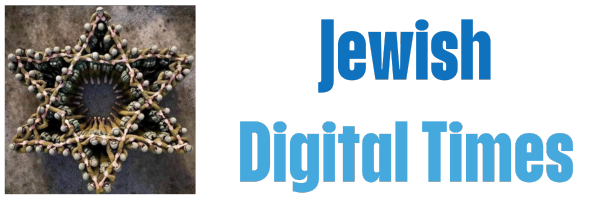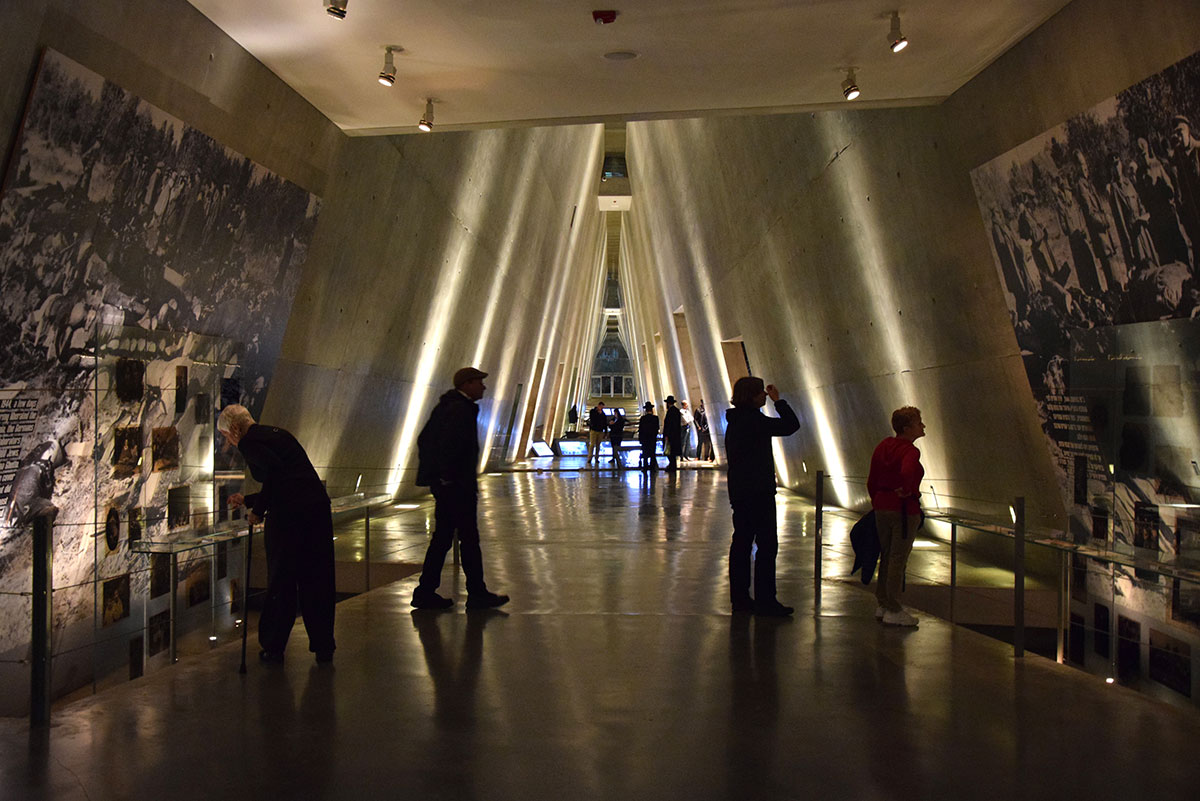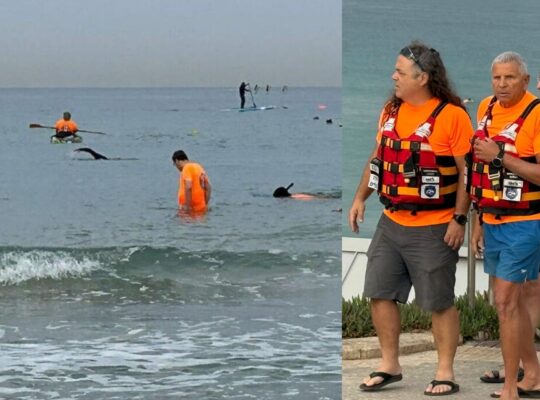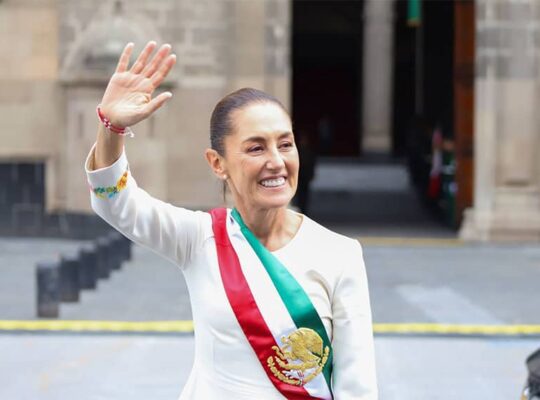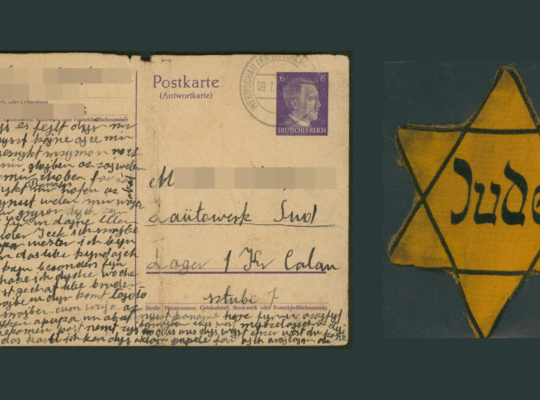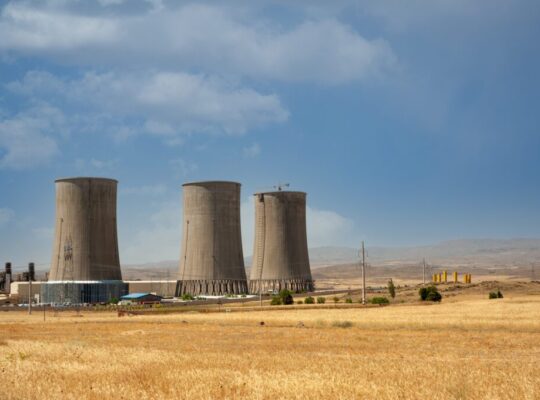For the tireless researchers at Yad Vashem, “Never Forget” is a sacred duty, and now, after decades of combing through faded records and survivor testimonies, five million Jews murdered in the Holocaust have been identified.
Founded in 1953 on Jerusalem’s Mount of Remembrance, Yad Vashem has become the world’s foremost repository of Holocaust memory. Over the years, staff have sifted through war-era documents, postwar trial records, transport lists, and private family papers, often in dozens of languages. Now, as the last survivors fade from living memory, Yad Vashem is enlisting machine learning to analyze millions of pages that no human team could process alone.
“This is not just about numbers,” said chairman Dani Dayan. “Behind each name is a life that mattered — a child who never grew up, a parent who never came home, a voice that was silenced forever. It is our duty to restore every one of them.”

Yad Vashem’s database now includes five million personal files and biographical details in six languages, allowing descendants to locate family members who were once presumed lost. Among the most precious are the “Pages of Testimony,” hand-filled forms that survivors or relatives submitted to ensure their loved ones were not forgotten. Each one is carefully verified, often cross-referenced with transport rosters and community archives.
“The Nazis aimed not only to murder them, but to erase their existence. And by identifying five million names, we are restoring their human identities and ensuring that their memory endures,” said Alexander Avram, director of Yad Vashem’s Hall of Names, who heads the central database of victims’ names.


Yad Vashem hopes to uncover as many as 250,000 additional names with AI by connecting fragments long buried in archives and handwritten lists. But even the most advanced technology cannot find those who vanished without a trace.
Between 1941 and 1945, Nazi Germany and its collaborators murdered roughly six million Jews — two-thirds of Europe’s Jewish population. Men, women and children were slaughtered by the thousands and left in unmarked mass graves, while at extermination camps such as Auschwitz, the Nazis burned the remains of Jewish victims in crematoria to hide evidence of their crimes.
Media Credit: Yad Vashem
Source link
